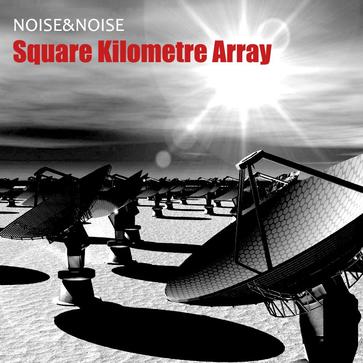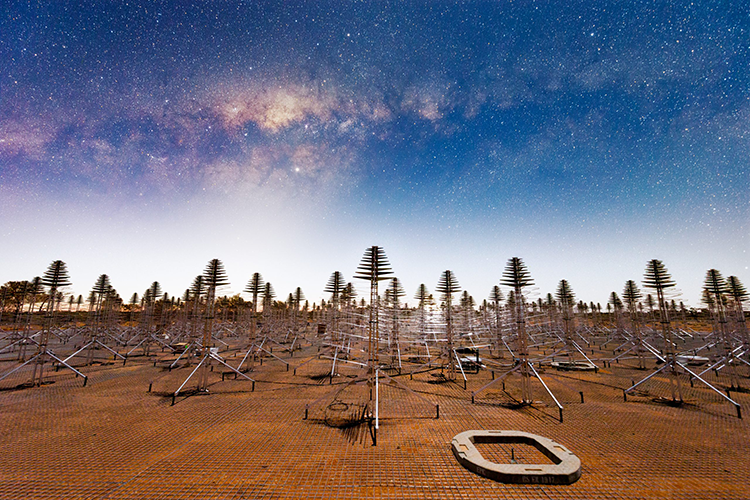


The SKA will be the worlds largest and most powerful. In addition, about 400 technicians have been trained in trades related to the work being done on the telescope. Western Australias Mid West region has been selected to co-host the Square Kilometre Array (SKA). However, in this work, we consider the perspective of the. The SKA will address many important topics in astronomy, ranging from planet formation to distant galaxies. It is not 1 dish, but thousands of radio antennas that all work together. The Square Kilometre Array (SKA) is a planned large radio interferometer designed to operate over a wide range of frequencies, and with an order of magnitude greater sensitivity and survey speed than any current radio telescope. The Minister said 1 400 grants and scholarships have been awarded in the field of science and engineering. The SKA will be the worlds largest radio telescope. The telescope was completed in 2018 for R3.2 billion with 75% local content, which boosted the local industry in terms of manufacturing various components for the telescope.

Battye, Philip Bull, Stefano Camera, Pedro G. The SKA will provide a great leap in sensitivity, resolution and survey speed compared to existing radio telescope, enabling it to revolutionise our understanding of the universe. The MeerKAT radio telescope is a precursor to the SKA telescope and will be integrated into the mid-frequency component of SKA's phase one. The Square Kilometre Array (SKA) will be the world’s largest and most sensitive radio telescope. English Français Cosmology with Phase 1 of the Square Kilometre Array Red Book 2018: Technical specifications and performance forecasts Part of: Square Kilometre Array Published online by Cambridge University Press: 06 March 2020 David J. The Square Kilometre Array (SKA) is an international endeavour to build the world's largest and most sensitive radio telescope. This includes the installation of 110 km of overhead power lines, the resurfacing of 80 km of road and the construction of complex foundations for the 64 dishes, which created more than 8 700 direct and indirect jobs for the local communities surrounding the SKA site. Over the past five years, Nzimande said, South Africa's investment in the development of astronomy, specifically the MeerKAT radio telescope, has realised socio-economic spin-offs. He announced that the SARAO would fund about 100 bursary recipients per year and the skills that will be targeted include artisans, technicians, astronomers, engineers and data professionals. Meanwhile, he said the South African Radio Astronomy Observatory (SARAO) will continue to invest about R80 million per year through bursary programmes to develop the requisite skills in South Africa and the African partner countries. The NRAO is working with the international astronomical community to develop the scientific and technical concepts for the.


 0 kommentar(er)
0 kommentar(er)
